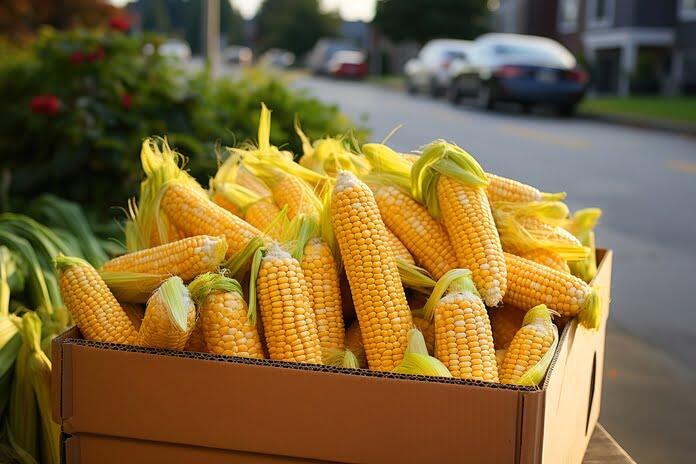As of Thursday morning, September 28, the corn market is displaying mixed signals regarding the potential formation of a long-term bottom.
The market’s intrinsic value remains under pressure, primarily due to a weakening national average basis. However, there’s a glimmer of optimism as the December 2023 futures contract positions itself for a potential bullish reversal.
Ironically, the resolution of this uncertainty might hinge on the numbers released by the USDA for its September 1 corn stocks on hand, which will be revealed at the end of the month.
In response to last Friday’s CFTC Commitments of Traders report, which showed noncommercial positions in corn futures increasing by 13,245 contracts, bringing the total to 101,233 contracts as of September 19, some observers are pondering whether a long-term bottom is forming, akin to what happened during the summer of 2020.
The question of whether a long-term bottom is in the making has been the subject of contemplation throughout the week. The response remains elusive, but there are several factors to consider, especially as September concludes and the corn market continues to send mixed signals. These factors include assessing the intrinsic value of corn, which can be monitored daily through the Barchart National Corn Price Index (ZCPAUS.CM). Additionally, technical analysis of the December 2023 futures contract (ZCZ23) provides insights into the short-term, intermediate-term, and long-term trends, despite the original query focusing on a long-term bottom on the monthly chart.
One aspect worth noting is how the national cash index has been tracking along a path reminiscent of the years 2010 through 2014, extending from 2020 through at least August 2023. Around the same juncture, noncommercial traders held a net-short futures position in corn of 102,276 contracts, eventually reaching a low of 135,255 contracts during the week of October 29, 2013. A decade ago, the cash index bottomed out in July 2014, settling at $3.37, a drop of approximately 90 cents from its calculation in the preceding September.
The question is, how does this compare to the situation in 2020? During that period, the noncommercial net-short futures position hit a low of 235,013 contracts during the week of June 9 but was gradually reduced as the U.S. approached the fall harvest. In the current scenario, the net-short futures position continues to grow, resembling the pattern from 2013 and 2014. The question then becomes, why are noncommercial traders persistently selling? Fundamentally, the corn market in 2023 bears some similarities to the conditions observed three years ago, leaving room for the possibility that funds could cease selling sooner rather than later. Whether they transition into aggressive buying is a separate discussion.
Another reason for the prolonged contemplation of the initial question is its inherent uncertainty. Determining a long-term bottom in the corn market requires analyzing Friday’s close. As per Newton’s First Law of Motion applied to market analysis, a trending market will generally continue in its trend until influenced by an external force, often in the form of noncommercial activity. In other words, if the December 2023 futures contract completes a bullish reversal pattern, it may signal that noncommercial traders should start covering their net-short futures positions and consider building a net-long position. However, it’s important to note that the real fundamentals of the corn market, including basis and futures spreads, remain neutral, similar to the conditions observed three years ago.
Regrettably, the ultimate determinant of whether corn shifts to a long-term bullish trajectory or remains bearish may come down to the “river card,” or USDA’s September 1 stocks on hand figure. This crucial number, released on the last trading day of the month, effectively serves as the ending stock figure for the previous marketing year. The market’s reaction may depend on whether this number aligns with USDA’s September estimate of 1.452 billion bushels or deviates significantly. Traders and algorithms will weigh the 300-400 Consistency before making a knee-jerk bullish or bearish reaction. This is the pivotal factor that could decide the fate of the corn market.
Hence, the answer to the question of whether a long-term bottom is forming in the corn market remains elusive and is perhaps best summarized as “maybe.”
Featured Image: Freepik @ stupidchii1990









